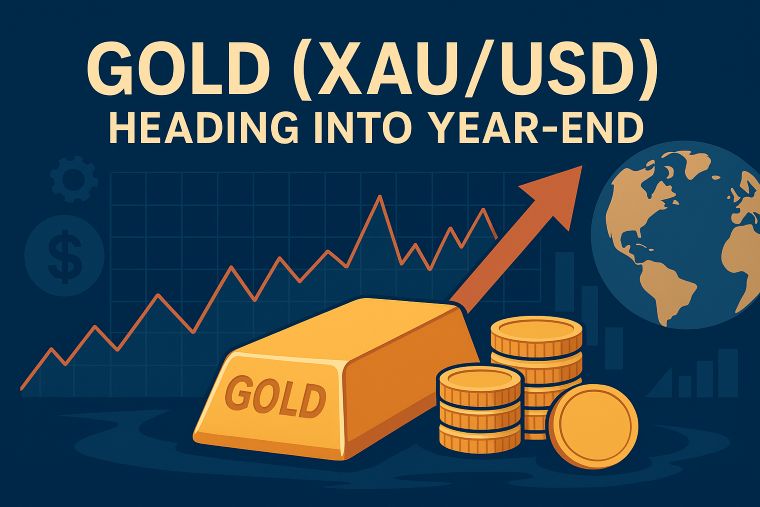3 min to read
A dominant sense of risk aversion has steered investors towards the U.S. dollar
in the current landscape of the New York foreign exchange market.

“In the current landscape of the New York foreign exchange market, a dominant sense of risk aversion has steered investors towards the U.S. dollar”
Escalating tensions in the Middle East ignited a surge in demand for the dollar as a safe haven asset. However, the USD/JPY pair remained mired in a state of stagnation, with exchange rates hovering around the mid-149 yen range. While there were hints of a potential push towards the 150-yen threshold, market participants exercised caution.
During the Tokyo trading hours, we observed a temporary bout of selling pressure, triggered by news related to the Bank of Japan. However, this was met with a resilient market response as prices quickly rebounded to previous levels. Despite sporadic attempts to breach the 150-yen mark, a tangible reluctance to commit to either upward or downward movements resulted in an extended period of stagnation.
Tomorrow holds significance as Federal Reserve Chairman Powell is scheduled to deliver a crucial speech. Notably, recent economic data has underscored the persistence of inflationary pressures. Despite these indicators, there has been minimal deviation from the stance conveyed by recent Federal Reserve officials, with a predominant tone of caution prevailing.
Amid concerns surrounding an impending economic downturn, soaring crude oil prices, and a rapid uptick in U.S. bond yields, the economic climate is riddled with multiple sources of apprehension. Despite the lingering specter of inflation, authorities appear hesitant to embark on further interest rate hikes. This collective sentiment fosters an environment characterized by caution, which is anticipated to extend into Chairman Powell’s forthcoming speech.
The Eurodollar pair faced renewed selling pressure, retreating to the mid-1.05 dollar range. The 21-day moving average currently hovers around 1.0575 dollars, signaling a continuation of the ongoing downward trend. Although an ECB board meeting looms on the horizon for next week, the messaging from ECB officials since the previous meeting has been conspicuously unambiguous. Consequently, expectations for substantial changes during the upcoming week remain subdued.
Recent statements indicate that while policy interest rates may have potentially peaked, the central bank is prepared to uphold a restrictive interest rate policy, as required, to effectively steer inflation back toward the 2% target. Therefore, it is unlikely that significant decisions or novel guidance will emerge from the forthcoming board meeting. It would be prudent to view next week’s meeting as a bridge to the December meeting, where an updated outlook is expected.
The British pound briefly slipped into the mid-1.21 dollar range, indicating a downward trajectory. The recent low has approached the vicinity of 1.2125 dollars, with close scrutiny on whether this level will be breached, potentially intensifying the prevailing downtrend that has persisted since mid-July.
Today brought the release of the September UK Consumer Price Index (CPI) data. It unveiled a year-on-year increase of 6.7%, surpassing market expectations. However, this robust performance does not guarantee an imminent slowdown in inflation.
Yet, a considerable faction of experts maintains that the Bank of England is unlikely to pursue an interest rate hike at the upcoming Monetary Policy Committee (MPC) meeting. Despite the UK CPI resting at 6.7%, it might not suffice as a catalyst to reignite an interest rate hike cycle. Lingering beneath the surface is the fact that service prices continue to fall short of their peak, challenging the Bank of England’s forecasts. These dynamics introduce the possibility of hesitation within the Bank of England regarding interest rate hikes.
Visit XM Official Website.

